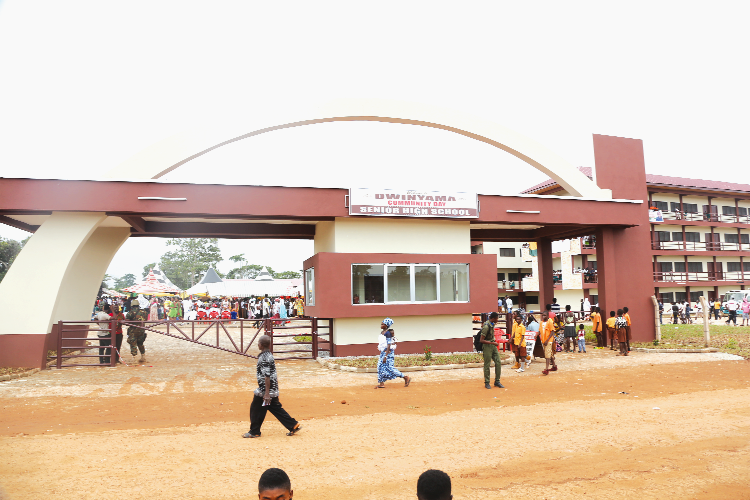
Justification for implementing Secondary Education Improvement Project
The demand for senior high school (SHS) education has gone up due to the increasing number of junior high school graduates in the country. There also seems to be inequity in the provision of quality second-cycle education as about three-quarters of the youth either lack the basic requirements for entry into SHSs or find it difficult, if not impossible, to commute to schools that are offered them by the Computerised School Selection and Placement System (CSSPS).
Advertisement
It has also come to light that about 20 per cent of pupils from poor households and under-served areas are five to six times less likely to access senior high school programmes, though the situation seems to have improved in recent times following the expansion in public educational facilities and intervention programmes. The number of SHSs rose by 68 per cent from 492 in 2005 to 828 in 2012, out of which 535 of them were public and 62.8 per cent being private in rural areas.
The average size of SHSs increased from 683 students per school to 1,018 students per school in 2013. There is a significant disparity between the average size of public SHSs and private senior high schools with the public ones catering for about 1,441 students per school and the private catering for just 245 students per school.
It is interesting to appreciate that the public schools are viewed in terms of those that are selective (that is; preferred by majority of students and are, therefore, mostly over-subscribed) and community day ones that are usually under-subscribed because they either lack vital facilities or have less quality inputs and services, hence, could hardly produce any good educational outcomes.
Objectives of the SEIP programme
SEIP aims to increase access to secondary education in under-served districts and improve the quality of education in low-performing schools. The project seeks to benefit approximately 30,000 new students, 150,000 students in low-performing schools and 2,000 teachers and heads of SHSs, including officials of the Ghana Education Service (GES) and the Ministry of Education (MoE).
A key performance indicator of SEIP is to increase equitable access to secondary education and increased attainment of secondary education in poor districts. It is also designed to improve the quality of low-performing secondary schools, where beneficiary schools will achieve at least six credits of performance at WASSCE based on gender dis-aggregation.
The Secondary Education Improvement Project (SEIP) supports the government’s Community Day SHS programme through increased access to quality and equitable secondary education coupled with proper management, research, monitoring and evaluation.
Construction of 23 new SHSs
In its bid to increase enrolment in SHSs, SEIP is funding the construction and provision of new structures and equipment including pieces of furniture in about 23 districts, where there are currently no senior high schools. The project is funding the construction of a 24-unit E-classroom block with science laboratories, libraries and ancillary facilities; technical and vocational block as per the programmes to be offered by the school, an eight-unit block of two-bedroom staff flats, a canteen, a headmaster’s bungalow and a security post with ancillary external civil works in each beneficiary district.
President John Mahama recently inaugurated one of such schools at Adugyama in the Ahafo Ano South District in the Ashanti Region while the remaining 22 are near completion.
The facility improvement activity under SEIP borders on funding of the rehabilitation of physical facilities in the 50 selected SHSs, including furniture and equipment. Heads of institutions must request a needs assessment visit from the MOE and the GES so as to initiate the facility improvement activity. The beneficiary schools of SEIP were selected from 100 districts on the basis of their poverty index, demands for SHS and population growth rates spanning from 15 to 17 years.
Funding of SEIP programme
SEIP is being supported through a five-year credit of US$156 million. It employs an Investment Project Financing (IPF) instrument which is being executed using a hybrid structure which employs a result-based funding component (Component 1) and a traditional investment technical assistance and management component (Component 2) to support the programme. The effective date of the credit was October 1, 2014 and the closing date is November 1, 2019.
The writer is the Communication Expert of SEIP




